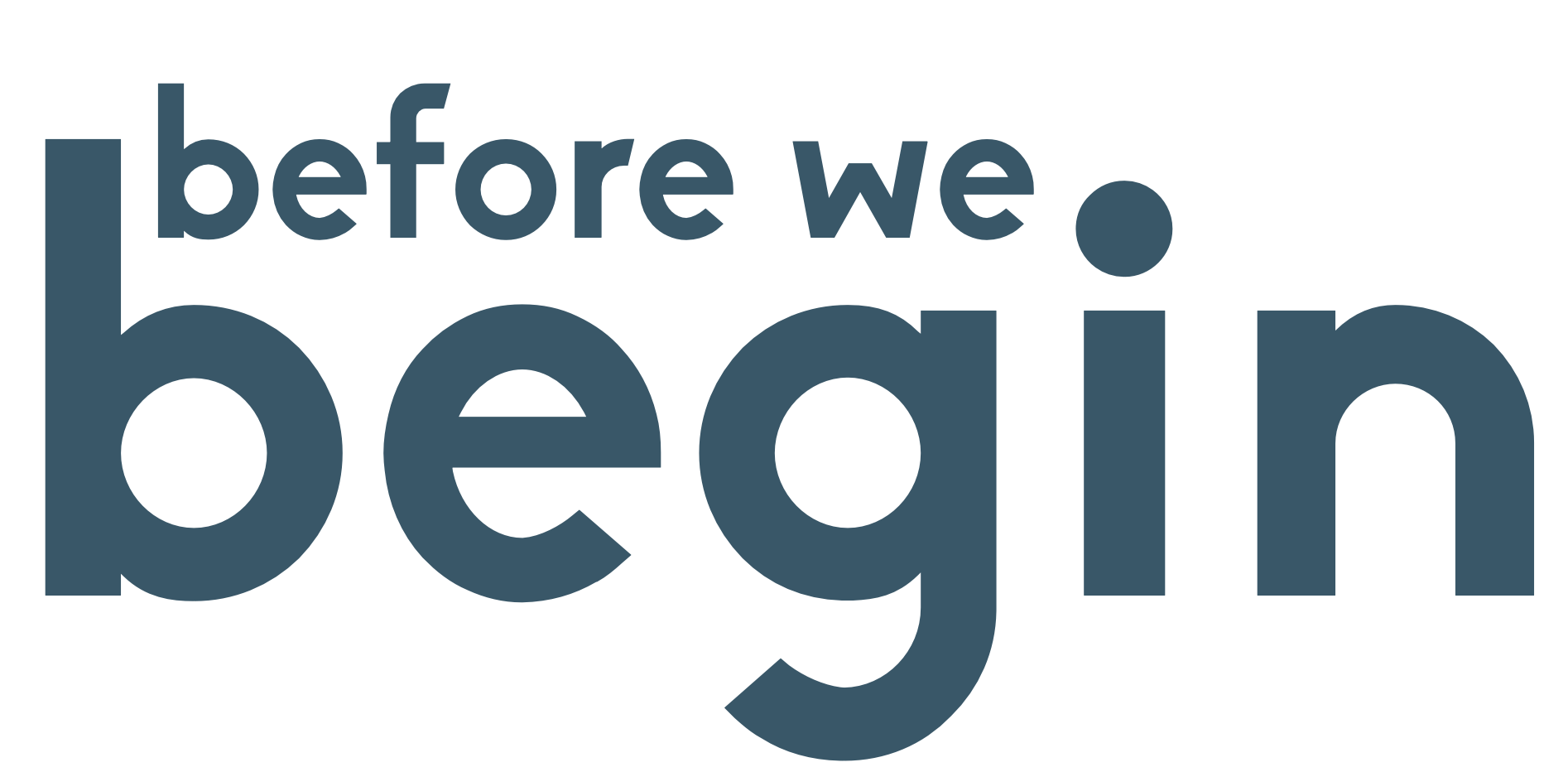
We learn throughout our lives, but we’re only in formal education for a fraction of it in the beginning.
The way we learn throughout our lives is a constant cycle of self-reinvention and leaving the old things behind. It’s deeply human. If we empower our kids now with some hands-on experience to learn like they’ll learn for the coming century, they can be our most deeply invested partners in what that future looks like past this interruption of COVID-19.
The main priority right now amidst the disruption and uncertainty of COVID-19 is to keep our families and our communities safe. We’re in uncharted territory for how our communities look, and out on the other side we’ve got the opportunity to re-evaluate and redesign our new normal.
This process is just a starting point. It gives you enough to put the process through its paces for a couple of cycles and to find how it might help you, your family, your school, or your community.
We can take it much deeper, and in many directions. If this resonates with you, then once we can all be in the same room again, I’d love to talk more.


What do you mean, “Learn like a Hero?”

THE HERO’S JOURNEY
Identified by Joseph Campbell in his 1949 book The Hero with A Thousand Faces, the Hero’s Journey documents the path commonly taken by heroic figures in global mythology.
Nothing huge, just the deepest connection of our psyche to the old stories and lessons that have forged our civilisations.
This is the Hero’s Journey. It’s a common story in almost every world mythology. Its roots are from a time long before the civilisations that spawned them ever had a chance to meet each other. It describes the path of an ordinary person living their ordinary life in their ordinary world to become someone who conquers adversity within their world and within their own character, becoming a bigger, wiser, stronger version of themselves.
A Hero.
(it’s also the plot to every movie you see behind this text. You know this story well.)
When we take the important steps in this journey and deliberately walk through them as learners, we’re treading a familiar path. A path that’s deeply human, and highly compatible with the tools and processes of the modern world.
As a journey of heroic learning, we’re going to weave a story that follows five important steps.
SOUND FAMILIAR?
It sounds familiar in a learning setting because we’ve seen it all before. Here are two examples of a cyclical learning framework we know and love mapped to the Hero’s Journey.

Stanford d.school Design Thinking

Kath Murdoch’s Inquiry Cycle
OUR CORE NARRATIVE
For our Hero’s Journey learning cycle, we’re going to give each step a simple name.
There are many pragmatic and logistical considerations at each stage (and they’re accounted for on the planning tool I’ve linked at the end of the page) but without this core pathway through the story, they’re little more than tickboxes on yet another curriculum document. There will be plenty of time and attention given to the curriculum once school goes back full-time. This is a chance to try something a little different because we believe that a little different can be a lot better.
These heroic learning projects can be as small as baking a loaf of bread for the first time, or as large as designing and building something your community needs, but the process is always the same. Here’s what it looks like:

Inspire or present an opportunity. Learners engage voluntarily or through a tap on the shoulder..

Support is provided to get started. The emphasis is on change in the learner, not the mentoring itself.

Iterations of a project. Test & make mistakes, the learning resides in overcoming them.

The learning comes to life, the project becomes real, tangible and valuable.

The learner returns to their “normal world” wiser and stronger to move forward.
HERE’S EACH STAGE IN DETAIL:
(The listed resources are available for download as a toolkit here, or again at the bottom of the page.)






